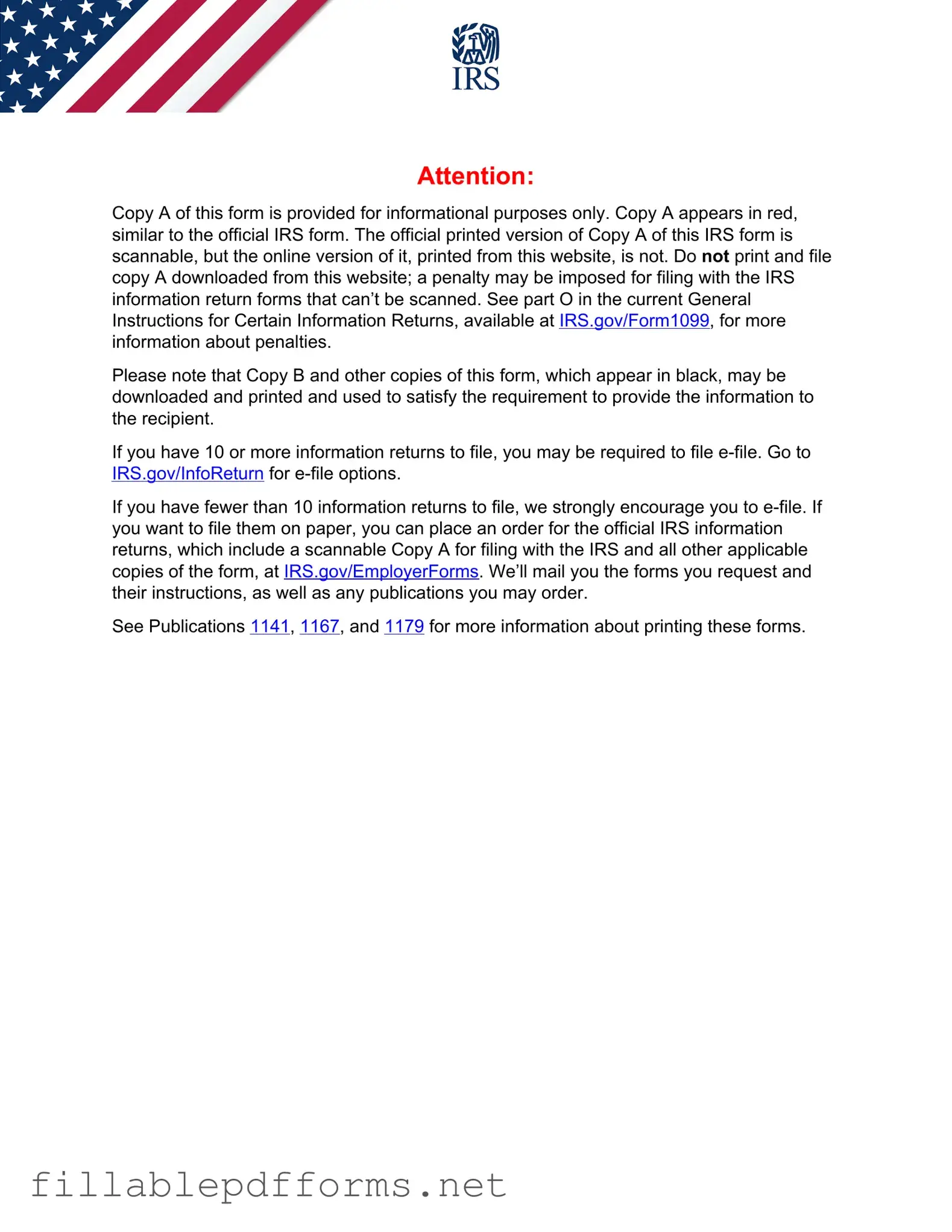The IRS 1099-MISC form plays a crucial role in the world of taxes, particularly for freelancers, independent contractors, and businesses that hire non-employees. This form is used to report various types of income that aren’t classified as wages, salaries, or tips, making it essential for ensuring accurate tax reporting. If you’ve earned $600 or more from a single source in a given year, chances are you’ll receive a 1099-MISC. It covers a range of payments, including rents, royalties, and certain types of legal settlements. Understanding how to fill out this form correctly is vital, as it helps both the payer and the recipient maintain compliance with tax regulations. Additionally, the 1099-MISC has undergone changes in recent years, which can be a bit confusing for those who are accustomed to previous versions. By familiarizing yourself with its requirements and implications, you can navigate the tax landscape with confidence and clarity.
